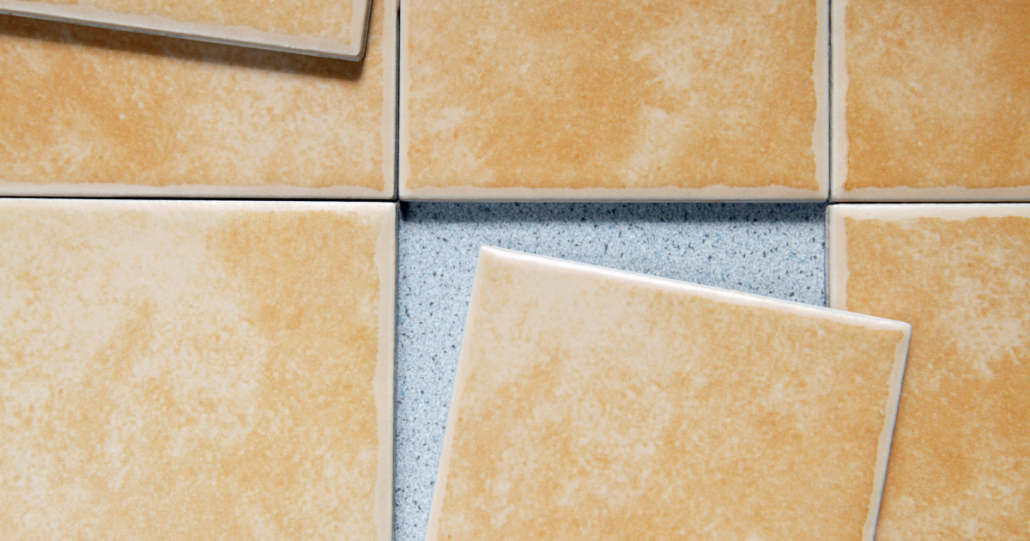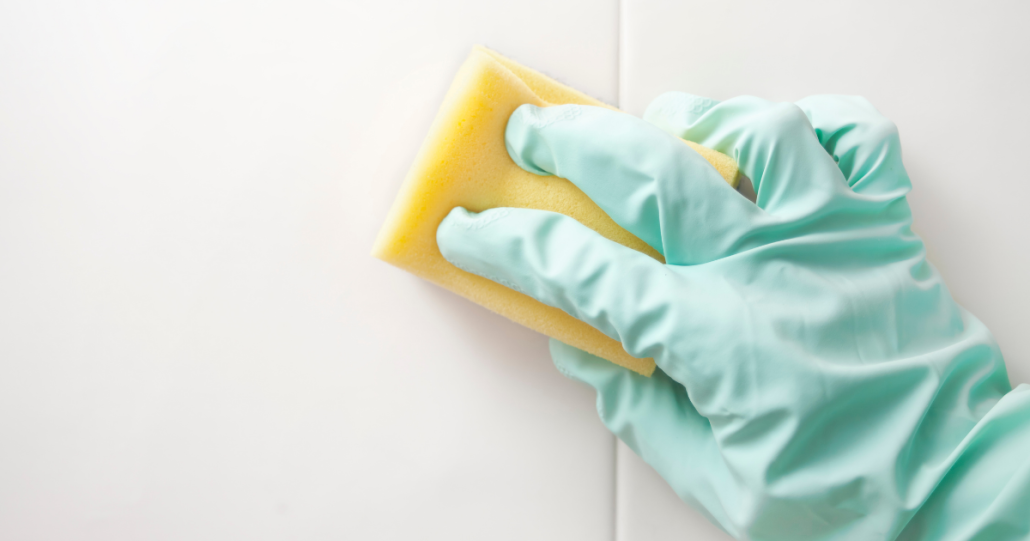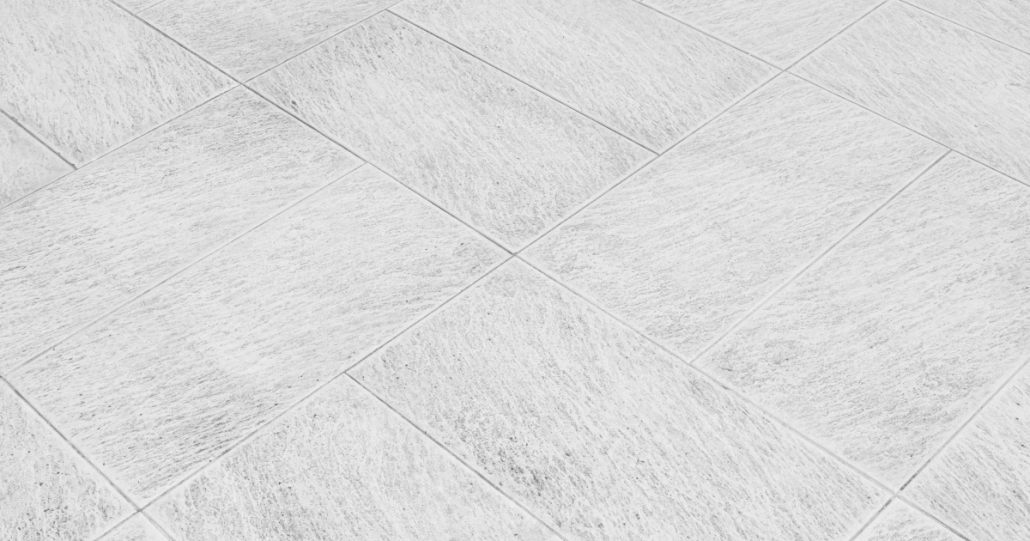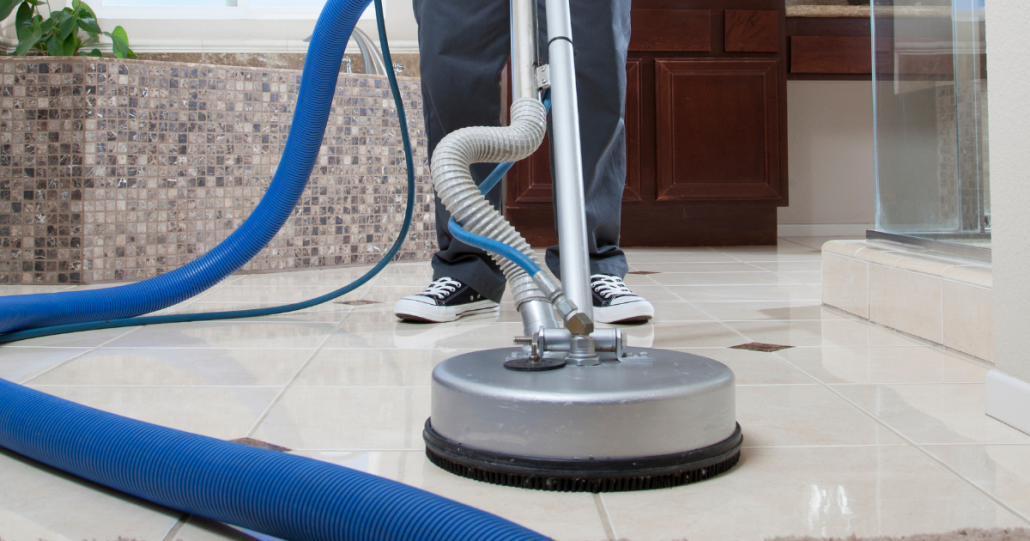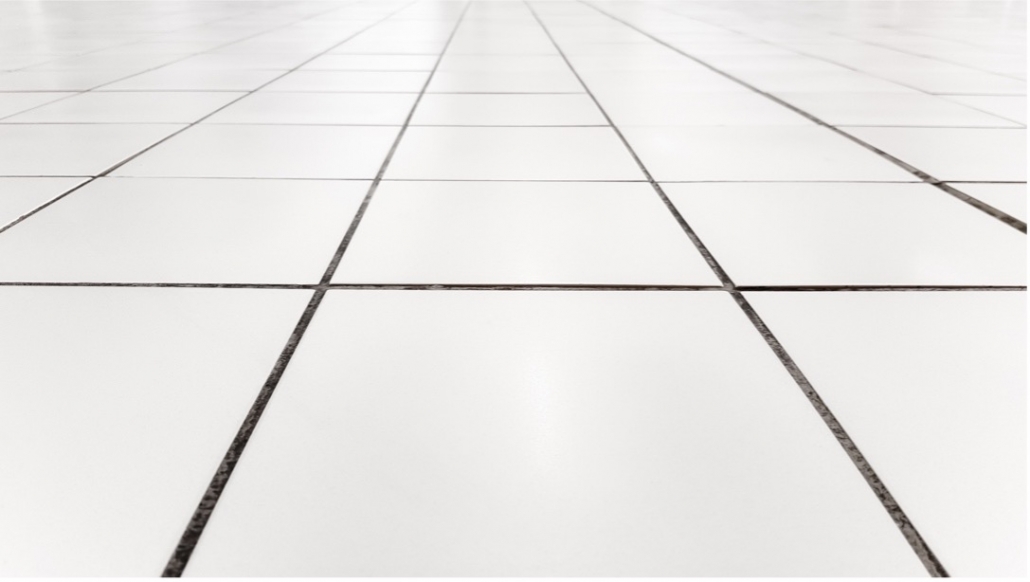10 Tips to Prevent Strenuous Mould Removal Process in Brisbane
Preventing mould in your home is crucial for maintaining a healthy living environment and avoiding costly repairs. Here are ten detailed mould removal processes, with expanded explanations, to help you control indoor moisture and prevent mould growth. Following these ten tips can save you from the stress of mould removal and ensure a safer home.
1. Identify and Address Problem Areas in Your Home
Thorough Home Audit
Conducting a thorough audit of your home is the first step in mould prevention. Identify potential problem areas where moisture accumulates, as these areas are prime candidates for mould growth. This might include checking basements, attics, crawl spaces, and other areas prone to dampness.
Basement Issues
Basements are particularly vulnerable to moisture due to their below-ground location. Moisture can seep in through foundation walls, floors, or even through small cracks. Inspect your basement regularly for signs of leaks, condensation, or overall dampness. Installing a dehumidifier can help control humidity levels, which is crucial for preventing mould growth. Additionally, consider waterproofing the basement walls and floors to create a barrier against moisture. If your basement has carpeting, consider replacing it with moisture-resistant flooring options such as tiles or vinyl, which are less likely to retain moisture.
Condensation on Windows
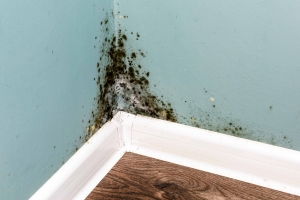
Condensation on windows, especially during colder months, indicates high indoor humidity levels. This moisture can accumulate and lead to mould growth if not addressed. Ensure proper ventilation by opening windows periodically to allow fresh air circulation, this way you can avoid mould removal during colder seasons. Installing double-glazed windows can also help reduce condensation by providing better insulation and maintaining a more consistent indoor temperature.
Roof and Gutter Maintenance
A well-maintained roof and gutter system are essential for preventing water infiltration into your home. Check your roof for leaks, missing shingles, or other signs of damage that could allow water to enter. Ensure that gutters are clean and functioning correctly, as damaged or clogged gutters can lead to water seeping into the roof and walls. Regularly clean your gutters to remove leaves, debris, and other blockages that can cause water overflow. Repair any roof leaks promptly and ensure that gutters direct water away from the house’s foundation.
Persistent Leaks
Address any persistent leaks immediately, whether they come from plumbing or external sources. Even a small leak can cause significant moisture build-up over time, leading to mould growth. Regularly inspect areas under sinks, around toilets, and near appliances like dishwashers and washing machines for signs of leakage. If you find a leak, fix it promptly to prevent further moisture accumulation.
2. Use Mould-Resistant Products
Building Materials
When building or renovating, choose mould-resistant materials. Mould-resistant drywall, also known as green board, is a good option for areas prone to moisture. This type of drywall is designed to resist mould growth better than traditional drywall. It’s particularly useful in high-moisture areas such as bathrooms, laundry rooms, basements, and kitchens.
Mould-Resistant Paint
Use paints that contain mould inhibitors, especially in high-moisture areas like bathrooms and kitchens. These paints create a surface that mould finds difficult to colonize. Regular repainting can help avoid stressful mould removal process.
Mould-Resistant Insulation
Consider using mould-resistant insulation in walls, especially in basements and other moisture-prone areas. This type of insulation can help prevent mould growth within wall cavities by reducing the potential for moisture accumulation.
Sealants and Caulking
Use high-quality sealants and caulking in bathrooms, kitchens, and around windows and doors to prevent moisture ingress. Regularly inspect and replace any damaged or deteriorating sealants to maintain a watertight seal. This practice helps prevent water from seeping into walls and floors where it can cause mould growth.
3. Dry Wet Areas Immediately
Prompt Drying
Mould needs moisture to grow, so it’s crucial to dry wet areas within 24 to 48 hours. This includes dealing with spills, leaks, or water ingress from rain as soon as they occur. Quick action can prevent the establishment of mould colonies, which are more challenging to remove once they take hold.
Post-Flood Action
If you experience flooding, it’s essential to act quickly. Remove water-damaged items such as carpets, furniture, and bedding that cannot be completely dried. Use fans, dehumidifiers, and wet-dry vacuums to speed up the drying process. In severe cases, you might need to call a professional water damage restoration service to ensure thorough drying and decontamination.
Everyday Moisture Management
In everyday life, ensure that wet areas are dried promptly. For example, after showers, wipe down tiles, glass doors, and other surfaces to remove moisture. Avoid leaving wet clothes in the washing machine for extended periods, as this can create an environment conducive to mould growth. Hang wet clothes to dry in well-ventilated areas, preferably outside or in rooms with good air circulation.
Wet Floors and Carpets
If carpets get wet, use a wet-dry vacuum to remove as much water as possible. Follow up with fans and dehumidifiers to ensure thorough drying. For wet hard floors, mop up the water immediately and allow them to dry completely. If water has seeped under flooring, consider removing the flooring to ensure the subfloor is dry.
4. Ensure Proper Ventilation
Ventilation Systems
Proper ventilation is key to reducing indoor moisture levels and preventing mould growth. Ensure that your home has adequate ventilation in areas where moisture is commonly generated, such as kitchens, bathrooms, and laundry rooms. Good ventilation helps remove moisture-laden air from these areas, reducing the likelihood of mould formation.
Exhaust Fans
Install exhaust fans in bathrooms and kitchens. Use them while cooking, showering, or using the dishwasher to expel moisture-laden air outside. Ensure that exhaust fans are vented to the outside, not into the attic or crawl space, as this can cause moisture to accumulate in these areas.
Vent Appliances Outside
Ensure that appliances like clothes dryers and stoves vent to the outside and not into the attic or crawl space. Improper venting can lead to moisture accumulation within the home, creating conditions conducive to mould growth. Regularly check and clean vent ducts to ensure they are free of obstructions.
Air Circulation
Use air conditioning units and dehumidifiers to control humidity, especially in humid climates. Regularly clean these units to prevent them from becoming moisture sources themselves. Ensure that air conditioning units are properly maintained and that the condensate drain line is clear to prevent water build-up.
Energy-Efficient Homes
In energy-efficient homes, moisture can be trapped inside due to improved insulation and airtight construction. Open windows when weather permits to allow fresh air circulation and reduce humidity levels. Mould removal process is strenuous running an exhaust fan or using a dehumidifier can also help maintain appropriate humidity levels,
5. Monitor Indoor Humidity
Humidity Levels
The EPA recommends keeping indoor humidity levels between 30% and 60%. High humidity provides an ideal environment for mould growth. Maintaining humidity within this range can significantly reduce the risk of mould.
Moisture Meters
Purchase a moisture meter from a hardware store to monitor humidity levels in your home. These devices provide accurate readings and help you maintain optimal humidity levels. They are particularly useful in areas prone to high humidity, such as basements and bathrooms.
Condensation Indicators
Be aware of signs of high humidity, such as condensation on windows, pipes, and walls. If you notice these signs, take immediate action to reduce humidity by using a dehumidifier or increasing ventilation. Wipe away condensation promptly and address the source of moisture to prevent mould growth.
Humidifiers
If you use a humidifier, monitor its use to prevent over-humidifying your home. Ensure it is set to maintain humidity levels within the recommended range. Regularly clean and maintain your humidifier to prevent it from becoming a source of mould spores.
6. Direct Water Away from Your Home
Proper Grading
Ensure the ground around your home is properly graded to direct water away from the foundation. Poor grading can lead to water pooling around the foundation, which can seep into basements and crawl spaces, creating a conducive environment for mould growth.
Downspout Extensions
Install downspout extensions to carry water at least 5 to 10 feet away from the foundation. This prevents water from accumulating near the house and reduces the risk of basement flooding. Regularly check that downspouts are not clogged and are properly directing water away from the home.
Drainage Systems
Consider installing a drainage system around your home, such as French drains, to direct water away from the foundation. These systems can be particularly beneficial in areas with high rainfall or poor soil drainage. Proper drainage helps prevent water from accumulating near the foundation and seeping into the basement or crawl space.
Waterproofing
Apply waterproofing coatings to basement walls and floors. These coatings create a barrier that prevents water from seeping into the basement, reducing the risk of mould growth. Regularly inspect the waterproofing to ensure it remains effective and reapply as necessary.
7. Maintain and Repair Roof Gutters
Regular Cleaning
Clean your roof gutters regularly to remove leaves, debris, and other blockages that can cause water overflow. Clogged gutters can lead to water seeping into the roof and walls, promoting mould growth. Make gutter cleaning a routine part of your home maintenance schedule.
Inspections and Repairs
Inspect your gutters for damage or signs of wear and tear. Repair or replace damaged sections promptly to ensure they function correctly. Look for leaks, rust, and other signs of deterioration that could compromise the gutter system.
Gutter Guards
Install gutter guards to prevent leaves and debris from entering the gutters. These guards can reduce the frequency of gutter cleaning and help maintain proper water flow. They are especially useful in areas with many trees or during the fall when leaves are abundant.
Downspout Maintenance
Ensure that downspouts are clear and free of obstructions. Regularly check for and remove any debris that could block water flow. Properly functioning downspouts are crucial for directing water away from the house’s foundation.
8. Improve Air Flow in Your Home
Open Doors and Windows
Enhance air circulation by opening doors and windows whenever possible. Fresh air can help reduce indoor moisture levels and prevent mould growth. Take advantage of cool, dry days to ventilate your home thoroughly.
Move Furniture
Avoid placing furniture directly against walls, as this can restrict air flow and trap moisture. Leave a small gap between furniture and walls to allow air to circulate. This practice helps prevent the formation of condensation and mould behind furniture.
Closet Ventilation
Keep closet doors open occasionally to allow air circulation. Closets can trap moisture and become breeding grounds for mould if not ventilated properly. Installing louvered doors or adding ventilation grilles can also help improve air flow in closets.
Use Fans
Use ceiling fans and portable fans to improve air circulation in your home. Fans help distribute air evenly and reduce moisture build-up. Place fans strategically in areas prone to moisture, such as bathrooms, kitchens, and basements.
9. Keep Mould Off Household Plants
Moist Soil Management
Household plants can contribute to indoor humidity and provide a breeding ground for mould in the soil. Avoid overwatering plants and ensure they are not sitting in standing water. Use pots with drainage holes to prevent excess moisture from accumulating in the soil.
Natural Antifungal Solutions
Add a bit of Taheebo tea to the water you give to your houseplants. The oil of this tree, which withstands fungi even in rain forests, helps hinder mould growth in plant soil and can be found at natural food stores. This natural mould removal solution can help keep the soil healthy and free from moulds.
Proper Drainage
Ensure that plant pots have proper drainage to prevent water from accumulating in the soil. Excess moisture can lead to mould growth not only in the soil but also on the plant itself. Use well-draining soil mixes and avoid using pot saucers that can hold water.
Air Circulation for Plants
Place plants in well-ventilated areas to promote air flow around them. Good air circulation helps prevent the build-up of moisture and reduces the risk of mould. Avoid clustering plants too closely together, as this can restrict air flow and create humid microenvironments.
10. Regularly Clean and Disinfect Your Home
Cleaning Routine
Establish a regular cleaning routine to keep your home free from mould spores. Focus on areas prone to moisture, such as bathrooms, kitchens, and basements. Regular cleaning prevents mould spores from settling and growing.
Mould Removal Products
Use mould removal cleaning products, especially in high-moisture areas. Bleach solutions, vinegar, and commercial mould removers can effectively eliminate mould spores. Follow the instructions on the product labels for safe and effective use.
Deep Cleaning
Periodically perform deep cleaning in areas where mould is likely to grow, such as behind appliances, under sinks, and around showers and bathtubs. Pay attention to grout lines, caulk, and other crevices where mould can hide. Use a toothbrush or small scrub brush to clean hard-to-reach areas.
Inspect and Replace
Regularly inspect caulking and grout in bathrooms and kitchens. Replace any damaged or deteriorating materials to maintain a watertight seal and prevent moisture intrusion. Reapply caulk and sealant as needed to ensure a strong barrier against moisture.
By implementing these ten comprehensive tips, you can significantly reduce the risk of mould in your home. Maintaining a mould-resistant environment not only protects your health but also preserves the structural integrity of your home. Consistent attention to moisture control, ventilation, and cleanliness will help keep mould at bay, ensuring a safe and comfortable living space.


